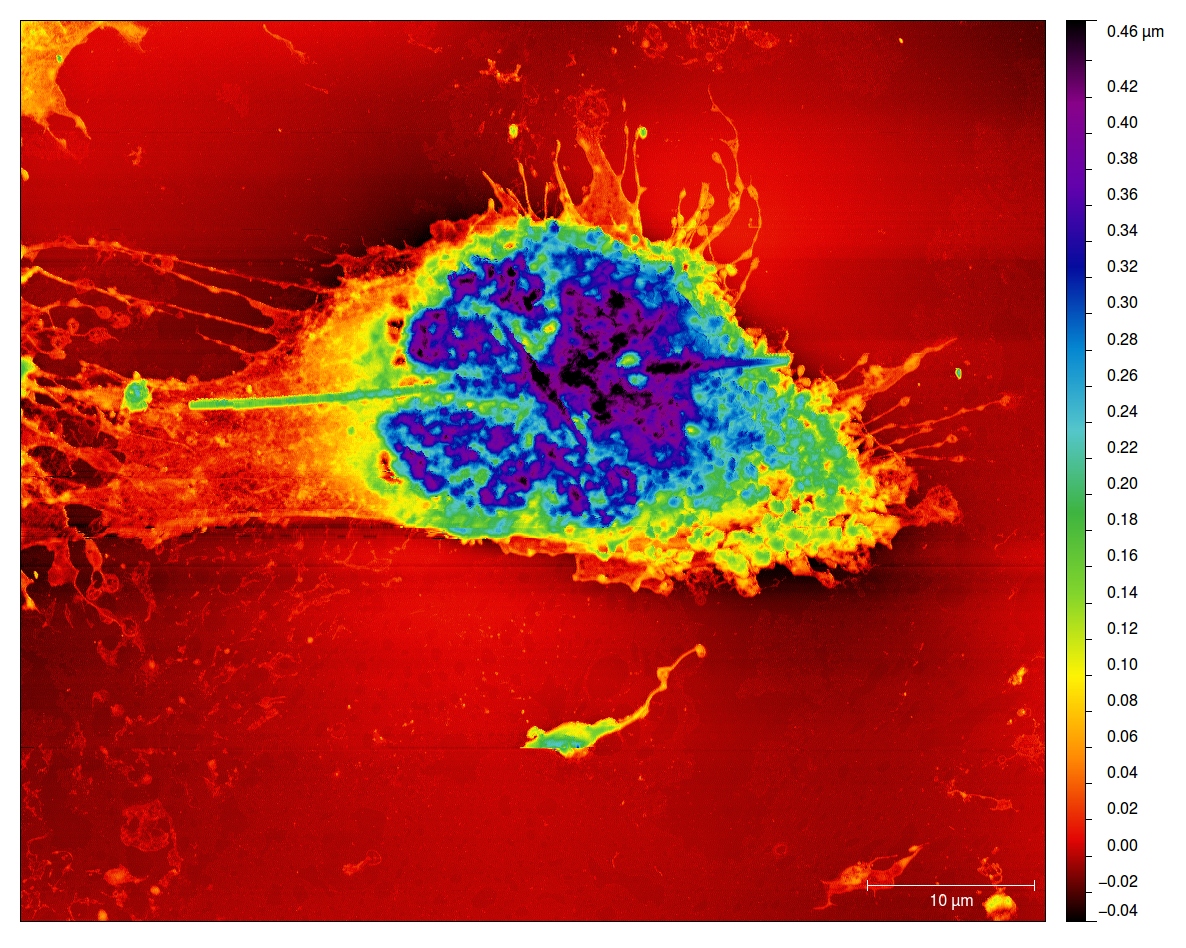Forces are increasingly recognized as major regulators of cell structure, development, organization and function. The intrinsic mechanical properties of cells are essential to the mechanisms by which they sense forces, transmit them to the cell interior or onto surrounding cells, and convert these forces into biochemical pathways. Examining the mechanical properties of cells, their subcomponents or their superstructures provides and alternative way to classify, distinguish and sort cells, and can provide very useful cues for diagnostic applications, for instance in cancer or cardiomyopathies. On the other hand, understanding how life basic components respond to an external mechanical stimulus can shine new light on many different cellular processes such as differentiation, migration, adhesion and recognition, viral infection and viral resistance, up to the embryogenesis and functional organ formation. This know-how can be used to develop revolutionary therapeutic tools such as 3D substrates for neuronal or cardiac regeneration.
The MB groups within the IOM research line BioMed apply several experimental, microscopic and spectroscopic approaches, such as Atomic Force Microscopy, Optical Tweezer, Raman Scattering, Brilluoin Scattering, CryoFIB, nanomanipulation and nanofabrication, together with standard cellular biological methods, to investigate the mechanical properties of many different biological systems. An exhaustive list of the investigated systems can be found in the individual laboratory pages
